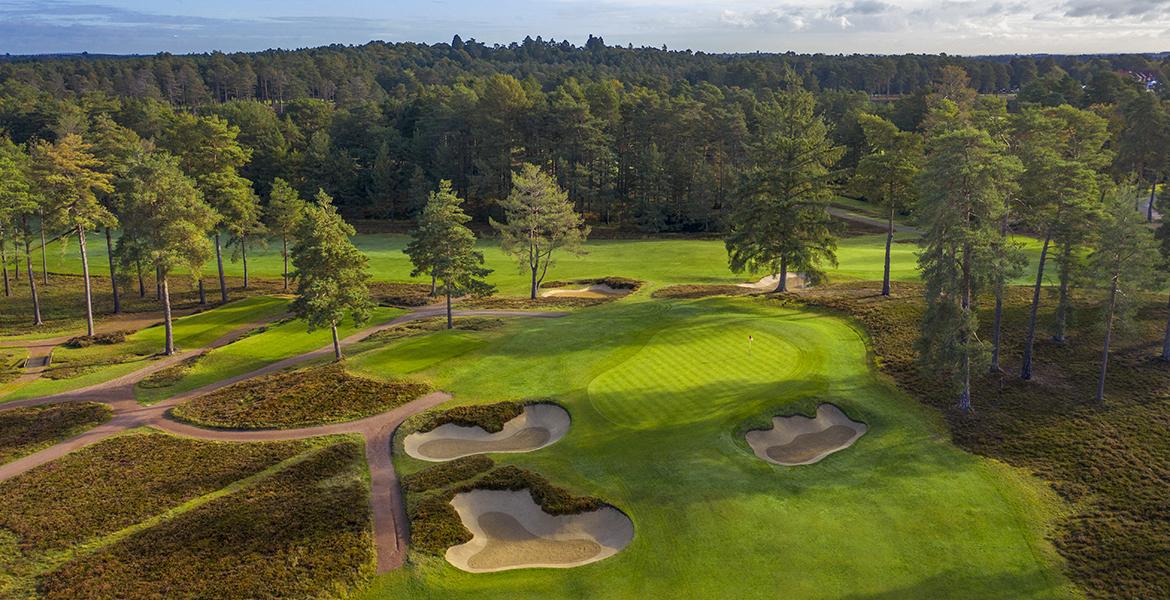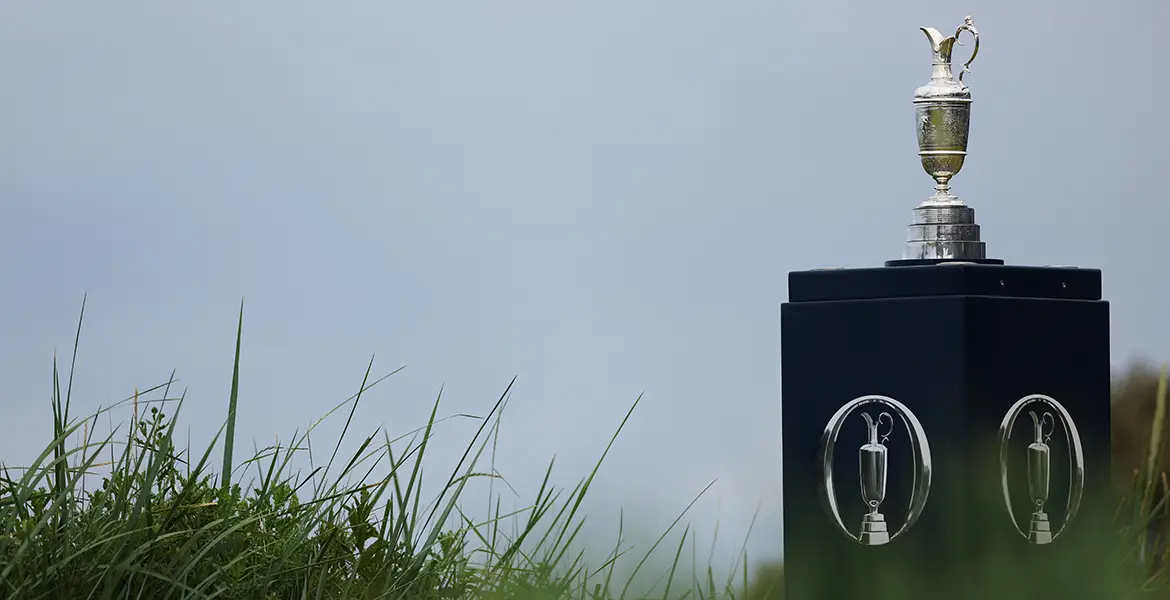Most golf tour buses headed to Waterville pick up the N70 at the town of Killorglin, a short drive west of Killarney. The passengers, either asleep or talking about missed putts from a previous round, barely notice the unpronounceable village signs as they pass by. There goes Glounagillagh, followed by Tooreennasliggaun and Ballintleave.
By the time Reennanallagane flies by, it’s too late: They have driven by one of the country’s most distinctive links, Dooks Golf Club.
But the Caragh Bridge turnoff and three-quarter-mile trip to one of Ireland’s oldest golf clubs are well worth the detour. Dooks, which derives its unique name from the Irish word for dunes, was founded in 1889, making it older than more famous neighbors such as Ballybunion and Tralee, and the same age as Waterville.
Less a trophy course and more a favored local links full of quirks and magnificent views, Dooks has a history that includes a highly involved community of golfers. In 1965, after the club existed for nearly eight decades as a nine-hole course, the membership, then numbering just 20, bought the land being rented for the course for £7,000. Over the next five years, that same small group spent another £3,500 to build a new back nine, essentially finding holes on the very natural dunescape.
Then, after the new millennium, Dooks underwent dual upgrades: In 2005 the club unveiled a modern clubhouse (although the popular bar inside remained unchanged), followed by the opening of a 6,586-yard layout renovated by Martin Hawtree.
The third-generation architect from England is best known for his deft hand at preparing courses like Royal Birkdale, Royal Liverpool and Carnoustie for the British Open. But Hawtree showed his skill in pleasing club-level golfers with his work at Dooks, where he added 500 yards, renovated all the bunkers, relocated tees and fairways, and built 16 new greens—10 of them in new locations. “We added a bit of fairness in general,” says club manager Brian Hurley, “giving golfers more of a chance to recover around the greens.”
What did not change were the views of the surrounding mountains and Dingle Bay, the long walk back to the clubhouse from the 18th green across the 1st fairway, and the emphasis on short game skills. Despite the softening of the greens, players still will miss a lot of them, likely ending up in collection areas that require well-judged bumps, chips and pitches in order to get up and down. That is the primary reason that despite the modest yardage, the course record is just 70.
Another reason is the prevailing southwest wind, which usually makes the stern 391-yard 1st play even more difficult. Not only is the driving area tight, the second shot must thread a very narrow approach and avoid a bunker 20 yards short and right of the green.
At the course’s highest point, the elevated tee of the 450-yard 5th, distractions like Rossbeigh Beach and the bay add to the challenges on this dogleg left. The 489-yard par-4 7th is statistically the toughest hole, while the 173-yard 11th features dunes largely molded by sheep that still drift over from a nearby field as informal members of the grounds crew.
The 171-yard 13th features a sheltered tee box that sits below the green, causing most to misjudge the wind. But prior to Hawtree’s hand, the hole was notorious for an undulating green on which only 20 percent of the surface could be used for hole locations. The renovation eased the slopes, leaving four gentle bowl-shaped features to challenge putters.
Although the front side is more of a pure links than the slightly longer back, where two or three holes feature heathland aesthetics, the final two holes provide a sterling ending. Both the 17th and 18th face the same direction as the opener, which means once again having to negotiate the prevailing wind.
The penultimate hole is a straight 400-yarder with an elevated tee and out of bounds down the entire left side. The finisher is 426 yards, and the combination of the wind and the position of the tee, below the fairway, makes the hole play longer. White chimneys of distant houses mark the ideal line, and players now can run a long second shot between the dunes; prior to the renovation, the hole had been a par 5, and a large dune blocking the green had made the approach blind.
Over a drink at the bar, guests can reflect on the course’s character, which is as distinctive as the club’s logo: the natterjack toad that occupies several ponds on the property.
This uniqueness also applies to the backdrop. Locals say the surrounding mountains, including the McGillycuddy Reeks and the Slieve Mish, never look the same way twice, with different colors and shades almost every day. The same can be said about Dooks, where hollows and bumps between the dunes have been providing a singular Irish golf experience for more than a century.






